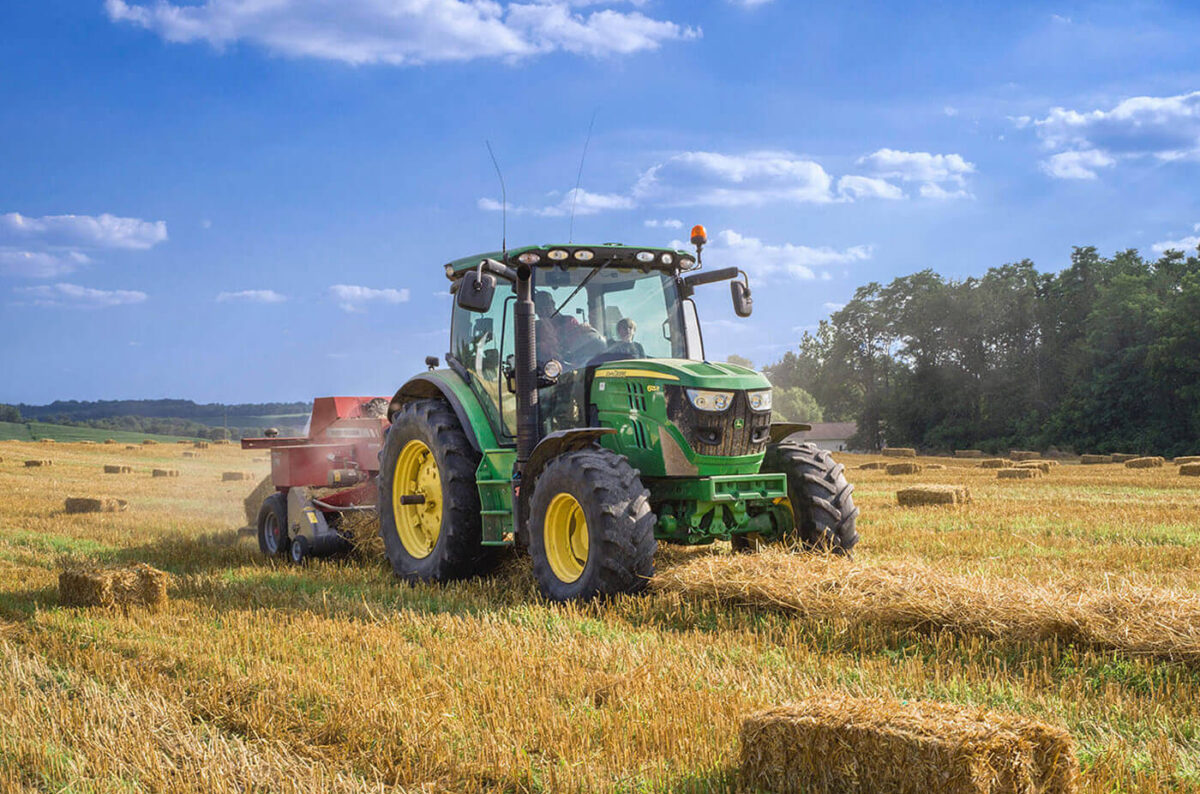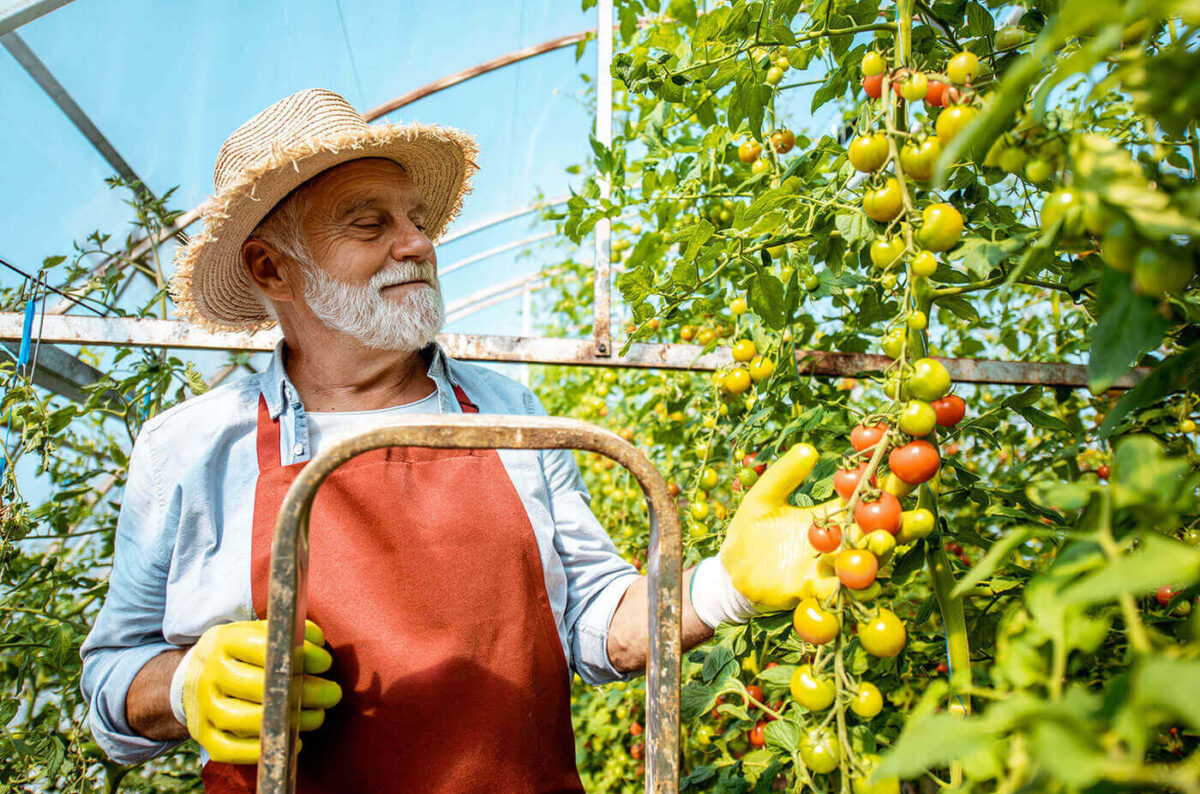
- Climate
- December 12, 2022
As climate change accelerates, the search for effective mitigation strategies has intensified across all sectors. Agriculture—responsible for approximately 24% of global greenhouse gas emissions—stands at a critical crossroads. Within this context, organic farming has emerged as a promising approach that not only produces food but actively contributes to climate change mitigation. This article explores the multifaceted ways organic farming fights climate change and the challenges and opportunities in scaling its impact.
Carbon Sequestration: Turning Soil into a Climate Solution
One of organic farming’s most significant climate benefits lies beneath our feet—in the soil itself.
Building Soil Organic Matter
Organic farming practices prioritize soil health through techniques that increase soil organic carbon:
- Cover cropping: Planting non-harvested crops that protect and enrich soil
- Crop rotation: Diversifying crops across growing seasons
- Composting: Recycling organic waste into valuable soil amendments
- Reduced tillage: Minimizing soil disturbance to preserve carbon structures
Research from the Rodale Institute’s long-term farming systems trial demonstrates that organic systems can sequester up to 1,000 pounds of carbon per acre per year. When applied to the world’s 3.5 billion tillable acres, this sequestration potential becomes significant.
The Stability Factor
Not all carbon storage is created equal. Organic practices promote the formation of stable carbon compounds through:
- Mycorrhizal fungi networks: Symbiotic relationships that transform carbon into stable glomalin
- Humic substances: Complex carbon compounds resistant to rapid decomposition
- Deep root systems: Perennial and diverse plantings that deposit carbon deep in the soil profile
These stable forms of carbon can remain sequestered for decades or even centuries, providing long-term climate benefits beyond the immediate growing season.
Reduced Fossil Fuel Dependency
Conventional agriculture’s climate impact is significantly driven by its dependence on fossil fuels, both direct and indirect.
Synthetic Input Elimination
Organic farming inherently reduces fossil fuel consumption by prohibiting many synthetic inputs:
- Nitrogen fertilizers: Conventional synthetic nitrogen production via the Haber-Bosch process is extremely energy-intensive, consuming 1-2% of the world’s energy supply
- Pesticides and herbicides: Most conventional agricultural chemicals are petroleum-derived
- Growth regulators and other synthetics: Additional petrochemical products eliminated in organic systems
A comprehensive life cycle analysis published in the journal Renewable Agriculture and Food Systems found that organic farming systems use 30-50% less energy per unit of land area compared to conventional systems.
Localized Nutrient Cycling
Organic farming emphasizes closed-loop systems that reduce transportation emissions:
- On-farm composting: Converting “waste” into valuable inputs
- Animal integration: Using livestock as part of fertility management
- Nitrogen fixation: Incorporating legumes that capture atmospheric nitrogen
- Green manures: Growing crops specifically for soil fertility enhancement
Biodiversity Enhancement: Nature’s Climate Buffers
Organic farming systems typically support greater biodiversity, which contributes to climate resilience and mitigation.
Diverse Landscapes
Organic farms often feature:
- Hedgerows and buffer zones: Non-cultivated areas that serve as carbon sinks
- Agroforestry elements: Trees and shrubs integrated into farming systems
- Diverse crop plantings: Multiple species growing simultaneously or in rotation
- Habitat preservation: Protected areas for beneficial organisms
Research published in Nature Plants found that organic farms support 30% more species and 50% more abundance of organisms compared to conventional farms. This biodiversity serves multiple climate functions:
- Pest regulation: Reducing the need for energy-intensive controls
- Pollination services: Supporting crop production without synthetic inputs
- Improved carbon cycling: More diverse organisms contributing to soil carbon formation
- Enhanced resilience: Better adaptation to climate-induced stresses
Methane and Nitrous Oxide Reduction
Beyond carbon dioxide, agriculture produces significant amounts of two potent greenhouse gases: methane and nitrous oxide. Organic practices help mitigate both.
Nitrous Oxide Mitigation
Nitrous oxide (N₂O) has 298 times the global warming potential of CO₂ over a 100-year period and primarily comes from nitrogen fertilizer applications. Organic systems reduce N₂O emissions through:
- Slow-release organic nitrogen sources: Matching plant uptake to availability
- Precise application timing: Providing nutrients when plants can utilize them
- Improved soil structure: Better water infiltration and reduced waterlogging that triggers N₂O production
- Enhanced microbial diversity: More complete nitrogen cycling with fewer losses
Studies from the USDA Agricultural Research Service indicate that organic systems can reduce N₂O emissions by 40-60% compared to conventional systems under similar conditions.
Methane Management
While rice cultivation and livestock are significant methane sources in all farming systems, organic approaches offer mitigation strategies:
- Improved manure management: Composting and aerobic decomposition
- Alternative rice cultivation: Modified irrigation practices in organic rice
- Healthier ruminant diets: High-quality forage that reduces enteric fermentation
- Appropriate stocking rates: Balanced animal populations for available land
Resilience in a Changing Climate
Beyond mitigation, organic farming builds agricultural systems more resilient to climate disruptions.
Water Management Benefits
Organic soils typically demonstrate:
- Increased water retention: Up to 40% higher water-holding capacity
- Improved infiltration: Reduced runoff and erosion during extreme events
- Drought resistance: Better plant access to stored moisture
- Flood tolerance: Enhanced drainage and soil structure stability
These water management advantages become increasingly important as climate change intensifies the hydrological cycle, bringing both more severe droughts and flooding events.
Thermal Regulation
Higher organic matter soils help moderate temperature extremes through:
- Thermal mass effects: Slower temperature fluctuations
- Evaporative cooling: Better moisture retention and plant water access
- Reduced heat island effects: More vegetation and ground cover
Challenges and Limitations
Despite its benefits, organic farming faces several challenges in maximizing its climate impact:
Yield Considerations
Some studies indicate organic yields may be lower than conventional yields in certain crops and regions (though this gap is context-dependent and may narrow with experience and research). Lower yields could potentially mean:
- More land needed to produce equivalent food quantities
- Reduced per-acre climate benefits when calculated on a per-unit-of-food basis
However, long-term studies suggest that in drought years, organic systems often outperform conventional ones, and yield gaps tend to decrease with time as soil health improves.
Transition Periods
Converting to organic practices typically involves:
- A 2-3 year period of reduced yields during soil rebuilding
- Learning curves for farmers adapting new techniques
- Potential short-term carbon losses during system changes
- Economic challenges during certification waiting periods
Scale and Implementation
Expanding organic agriculture’s climate benefits requires addressing:
- Knowledge and technical assistance gaps
- Certification costs and complexity
- Market development and value chain adjustments
- Policy environments that often favor conventional approaches
The Path Forward: Maximizing Organic’s Climate Potential
Several approaches can help enhance organic farming’s role in climate change mitigation:
Research Investment
Targeted research in areas such as:
- Organic plant breeding for climate-specific conditions
- Optimized carbon sequestration techniques for different regions
- Improved organic methods for challenging crops and environments
- Technology integration with organic principles
Policy Support
Governmental actions that could accelerate adoption include:
- Carbon payment systems recognizing agricultural sequestration
- Transition support programs for converting farmers
- Research funding parity for organic systems
- Removal of implicit subsidies for high-emission practices
Consumer Engagement
Market-driven approaches such as:
- Climate impact labeling on food products
- Education about the climate-organic connection
- Institutional procurement policies favoring climate-friendly production
- Regional food system development reducing transportation emissions
Conclusion: From Niche to Necessary
Organic farming has evolved from a niche approach to a scientifically validated climate solution. While not a silver bullet, it represents one of the few food production methods that can simultaneously:
- Sequester carbon at meaningful scales
- Reduce emissions across multiple greenhouse gases
- Build resilience to unavoidable climate changes
- Produce nutritious food without depleting resources
As climate urgency grows, organic farming offers a tested, systematized approach that transforms agriculture from a climate problem into part of the solution. By addressing yield challenges, supporting farmers through transitions, and creating policy environments that value climate services, organic agriculture’s climate benefits can be significantly expanded—turning our necessary food production into a powerful ally in the fight against climate change.
What steps have you taken to support climate-friendly farming? Have you tried growing food using organic methods yourself? Share your experiences in the comments below!















